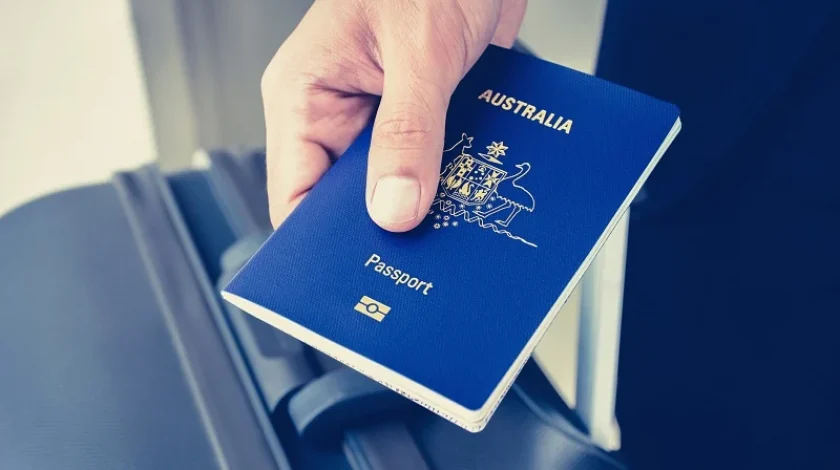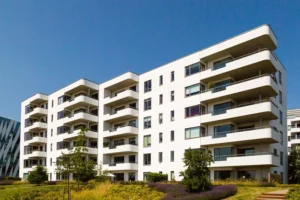The recent state election has brought with it an increased focus on immigration. While immigration is usually an area regulated by the Federal government, NSW Premier Gladys Berejiklian has made it a state issue by bringing to the forefront the impact that immigration could potentially have on NSW public infrastructure and housing prices.
The Premier has claimed that NSW is playing catch-up in attempting to build infrastructure to keep up with population growth. The Premier has commissioned a three-member expert panel to present a policy to the Federal government which will aim to reduce the intake of migrants into NSW. As part of her campaign, the Premier has called for a return to Howard era migrant intake levels, which will require halving current intake levels for NSW to 45,000 a year.
Current immigration levels and the six-point plan
Permanent immigration in Australia has been capped at 190,000 a year. There have been recent cuts in both skilled and family visas, resulting in last year’s migrant intake dropping to 162,000. Despite this drop, as most migrants (85%) live in the larger cities rather than regional areas, there is still significant pressure on states to accommodate for rising population growth.
To combat this pressure, Gladys Berejiklian announced a six-point plan in December of last year, which could make it more difficult for skilled migrants to migrate to NSW, and similarly make it more difficult for current skilled migrants to remain.
The plan draws on Canada’s current immigration system, and will involve greater input from states and territories in determining what type of skilled visas a state requires. The system, as it currently stands, dictates that it is the Minister for Home Affairs who determines which occupations are available for sponsorship through a skilled visa (including employer sponsored visas). As such, states have very little say in which occupations should make that list.
In comparing Australia’s immigration system to that of its Canadian counterpart, Canadian provinces have had the ability to nominate their own migrant intake levels, and in the case of the Canadian province of Quebec, have been able to go so far so to create their own criteria for selecting immigrants.
If the proposed changes are implemented, it would mean that each state is able to have a greater say with regard to which skills are lacking, and in turn, which skilled migrants should be able (and encouraged) to apply for a skilled visa. Whilst there are clear benefits to ensuring that the visa program for a state meets the skill shortage of that particular state, this could also make it much more difficult, if not impossible, for other skilled migrants, who don’t meet the cut, to migrate to the state of their choice.
This change, if implemented, has the potential to affect business – particularly in NSW – as it may become far more difficult for employers to sponsor workers in roles that the state government does not consider to be addressing the skill shortage within that state.
There is also potential for this to become problematic for smaller businesses, who may have their needs for skilled employees overshadowed by the needs of larger businesses, at least within the context of deciding where each state falls short with regard to skilled workers.
Many businesses are already frustrated at the changes made to the now obsolete “457” working visa in April 2017, as these led to many occupations no longer being available for employer sponsored visas. Further changes to the requirements for an employer sponsored skilled working visa, together with plans to reduce migrant levels to NSW by half, could lead to more difficulties being faced by NSW businesses looking to retain skilled staff.
Skill Shortages in Australia’s regional areas
Another strategy to ease migrant levels in Australia’s capital cities is to encourage immigration to regional areas. A $19.4 million plan has been pledged by the Minister for Immigration, Citizenship and Multicultural Affairs David Coleman, to encourage regional migration. Strategies to increase regional migration include less stringent visa requirements, as well as faster visa processing times.
The Minister has also negotiated a series of Designated Area Migration Agreements (DAMAs) for areas such as the Norther Territory and Warrnambool on Victoria’s Great South Coast, which would see visa requirements tailored to the needs of the specific designated area.
Currently, there are significant concessions in place for regional skilled migration, including a wider list of occupations available for sponsorship. It appears that skilled workers migrating to Australia, as well as those on student visas, are attracted to the hustle and bustle of the capital cities and would prefer to attempt to obtain a visa to those capital cities over regional cities, even if their chances of obtaining that visa are lower. However, unless there is something done to alter the allure of the larger cities, it is doubtful whether a $19.4 million plan to increase regional migration will indeed be enough to entice migration away from the larger cities.
If you have a query relating to any of the information in this piece, or you require assistance with regard to employer sponsored migration, please don’t hesitate to get in touch with our Employment Lawyer, Lisa Qiu:














